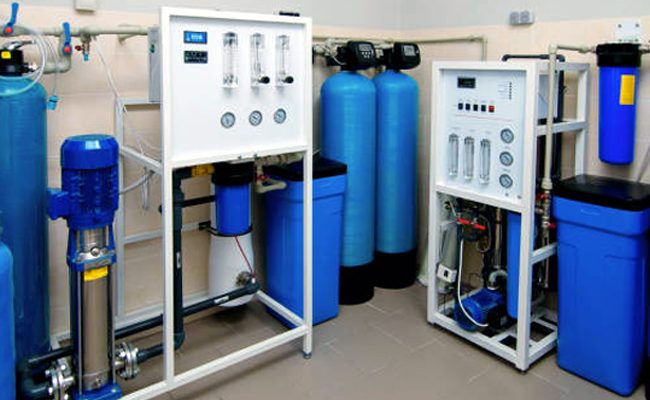
Some water softeners require electricity, which may not be ideal for those seeking to reduce their carbon footprint. Thankfully, there are salt-free options that work equally as well.
Ion exchange water softeners add sodium ions to hard water by flushing out magnesium and calcium ions through a resin tank with brine solution, which often wastes water.
After reading today’s article, you can also click the link for more valuable information about water softeners.
1. Reduced water waste
Water softeners use large quantities of water during their regeneration phase. As part of this process, the resin used to remove hardness minerals wears away, necessitating recharge with sodium chloride-rich brine solution containing excess salt that could otherwise pollute local waterways and groundwater sources.
To reduce this waste, some manufacturers have developed new ion exchange systems that do not flush water to drain, meaning less sodium is consumed and the system only regenerates as needed – creating a greener solution.
An on-demand system that automatically calculates and controls resin regeneration cycles could also save on both salt and energy costs, saving both money and hassle.
2. Reduced energy bills
Water that is soft is more efficient for appliances to work more effectively; no hard water buildup hinders them, and less detergent and chemicals are needed to achieve desired results.
As such, you will save money on appliance repair/replacement costs and utility bills.
Salt-based water softeners use ion interchange technology to remove hard mineral ions such as magnesium and calcium from household water sources, then replenish their resin medium with sodium ions – this process is known as regeneration.
Though this method does add sodium to your household water supply, most people won’t even detect any difference. Furthermore, you will reduce bottled water dependency and its associated environmental costs, saving both money and reducing your environmental footprint. These savings could quickly add up.
3. Reduced soil irritation
Traditional salt-based water softeners require periodic refilling with sodium-rich brine, but any excess salt ends up entering rivers, groundwater, and streams where it contaminates soils and crops.
Modern alternatives to ion exchange resin systems help mitigate their environmental impact by using pellets that contain only modified salts that don’t pollute the soil or cause water wastage and can easily be purchased at home improvement stores.
Furthermore, these modern systems help prevent heavy metal buildup in pipes, appliances, or bottled water that might end up polluting the environment; additionally, they reduce cleaning chemicals that damage eczema-prone skin while being more cost-effective than traditional detergents.
4. Reduced soil irrigation needs
Many traditional salt-based water softeners utilize ion exchange technology, which involves turning hard water into soft water by filling resin beads inside with sodium ions while exchanging calcium and magnesium ions for salt, increasing levels of sodium chloride that would occur naturally in your tap water supply.
Once these resin beads lack hard minerals, they must be “regenerated” using a salt brine solution. When this process becomes necessary again, more salt and electricity consumption occurs, which increases your household’s environmental impact if your system was improperly sized for your home.
Specifically taking into account your family’s daily water consumption as well as water hardness levels in your area. Modern alternatives to traditional salt-based softeners reduce this impact with countercurrent systems equipped with meters that measure when to regenerate.
5. Reduced soil irrigation costs
Water softeners reduce the need for soaps and detergents that contain phosphates, which contribute to harmful algae growth that threatens freshwater ecosystems. They also prevent calcium and magnesium minerals from entering a home’s plumbing system and shorten appliance lifespan by keeping calcium and magnesium out.
Traditional salt-based softeners utilize large quantities of salt in their regeneration process, which releases sodium chloride into the environment and has led many communities to ban these types of water softeners.
Modern alternatives to ion exchange softeners do not regenerate with salt, eliminating what many consider wasteful use of both freshwater and salt. Furthermore, these technologies also eliminate the need for bottled water production, which requires significant energy production and transportation costs.
Leave a Reply